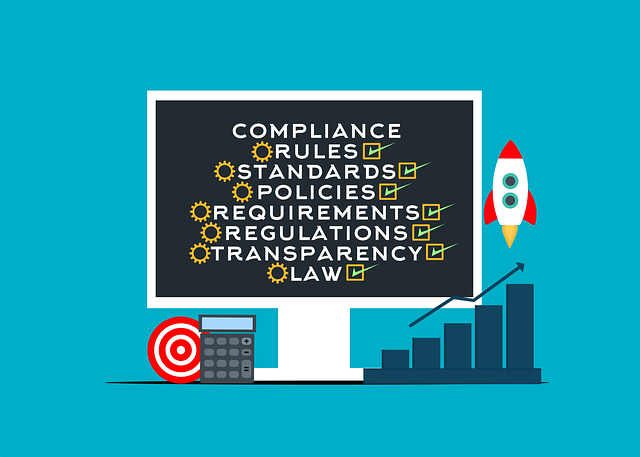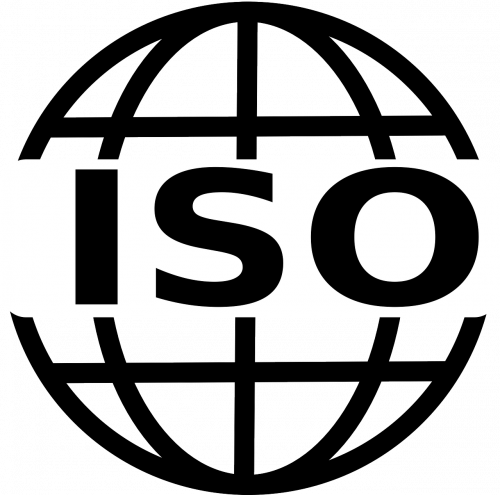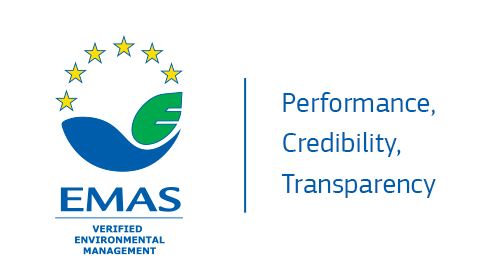What is an Environmental EMS?

An Environmental Management System (EMS) is a collection of procedures and practices that allow a business to reduce its environmental impacts while increasing its operational efficiency. Additionally, the Environmental EMS is a framework that assists an organization in achieving its environmental goals by continuously reviewing, evaluating, and improving its environmental performance. The Environmental EMS does not specify a level of environmental performance. Each organization should customize the EMS according to its goals and objectives. An Environmental EMS helps a business in meeting its regulatory obligations in a methodical and cost-effective manner. Furthermore, this proactive strategy can help decrease the risk of non-compliance while similarly protecting the environment and improving health and safety standards for employees and the general public.







